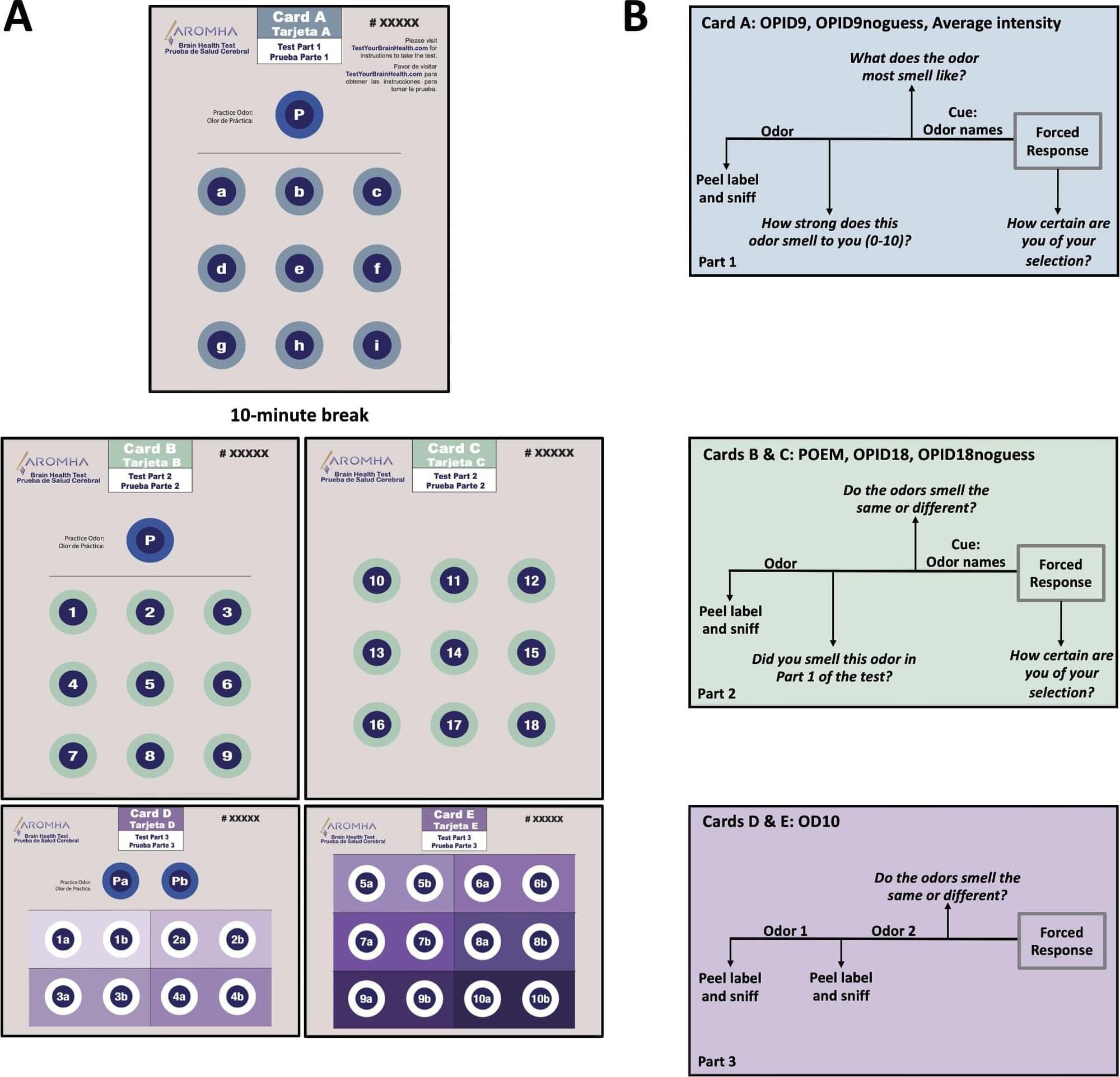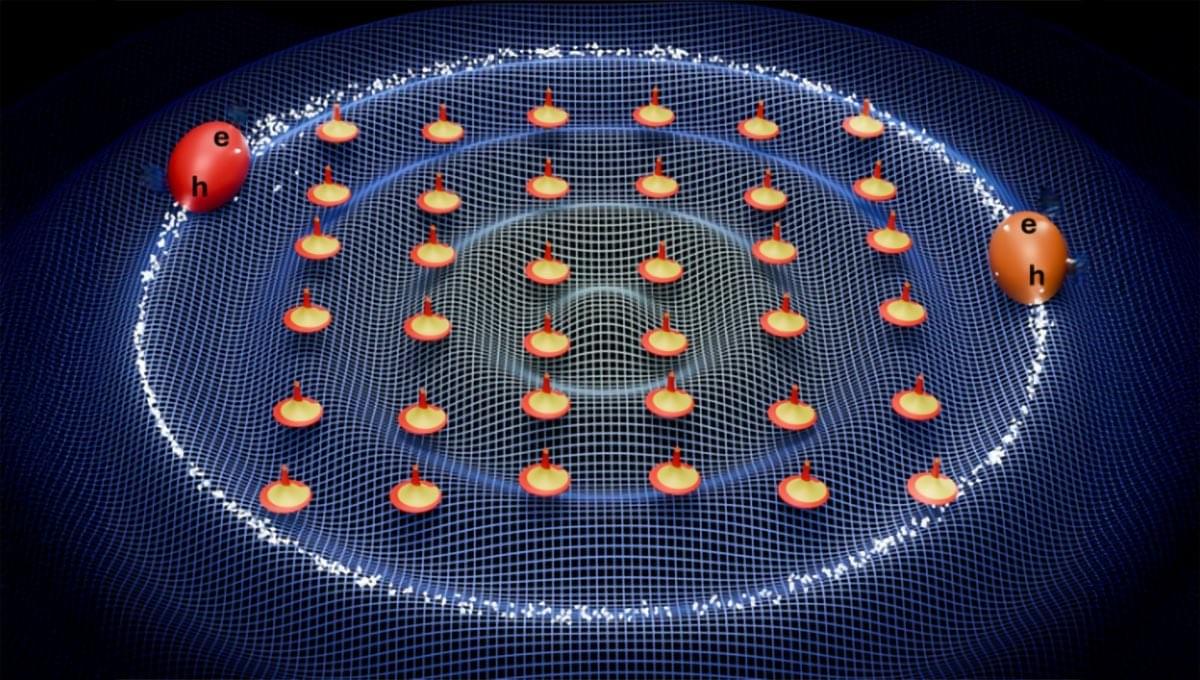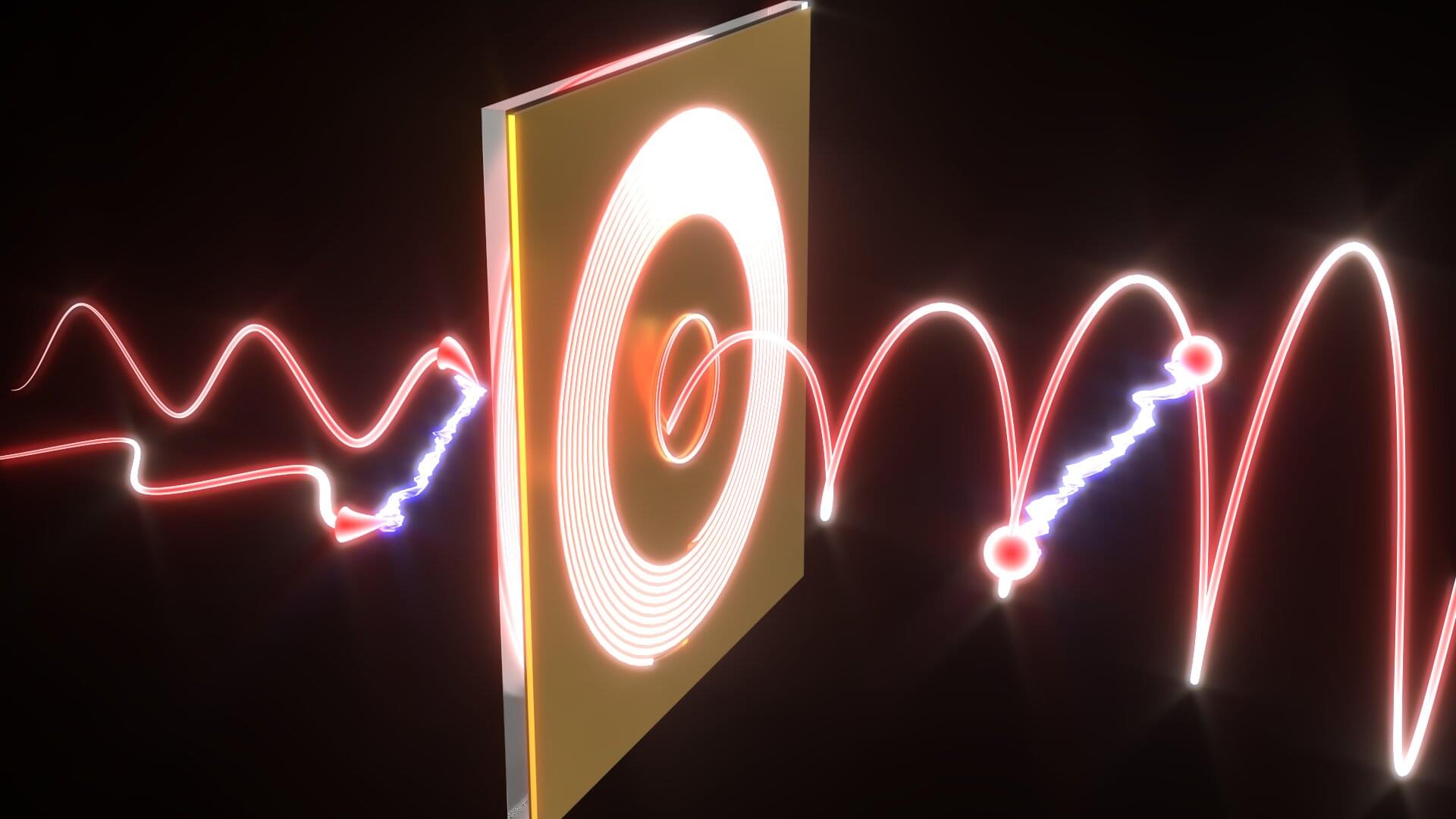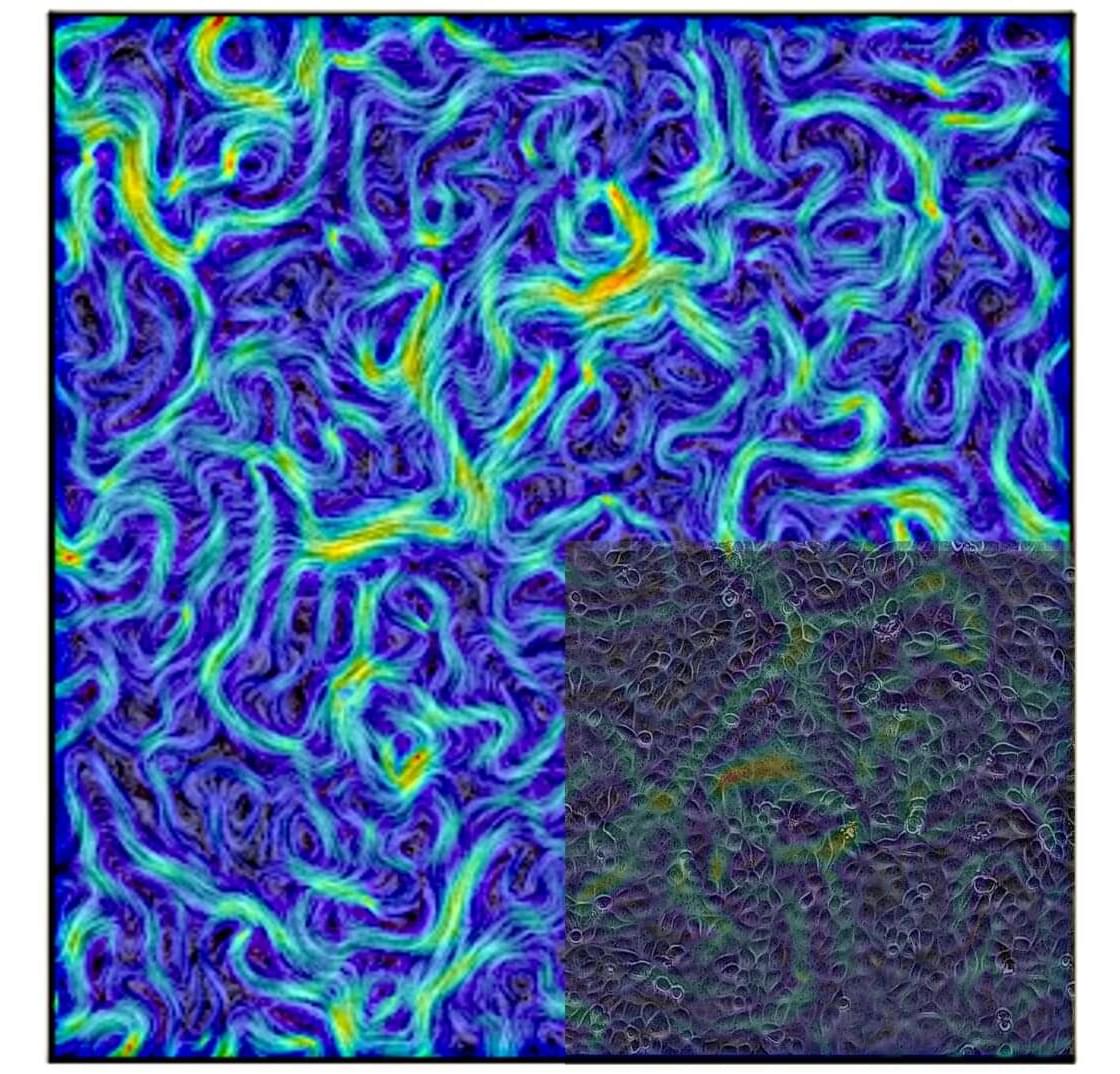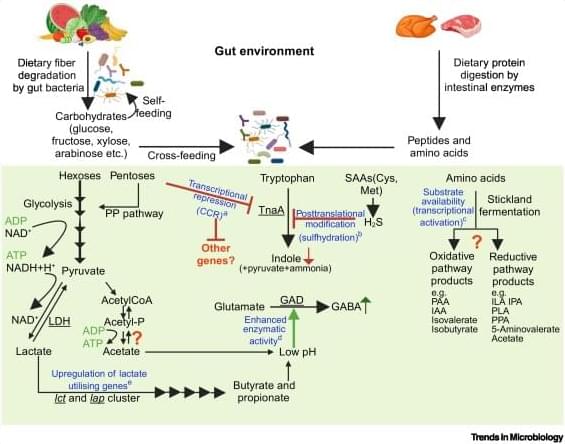When it comes to early detection of cognitive impairment, a new study suggests that the nose knows. Researchers from Mass General Brigham have developed olfactory tests—in which participants sniff odor labels that have been placed on a card—to assess people’s ability to discriminate, identify and remember odors. They found that participants could successfully take the test at home and that older adults with cognitive impairment scored lower on the test than cognitively normal adults.
Results are published in Scientific Reports.
“Early detection of cognitive impairment could help us identify people who are at risk of Alzheimer’s disease and intervene years before memory symptoms begin,” said senior author Mark Albers, MD, Ph.D., of the Laboratory of Olfactory Neurotranslation, the McCance Center for Brain Health, and Department of Neurology at Massachusetts General Hospital.
